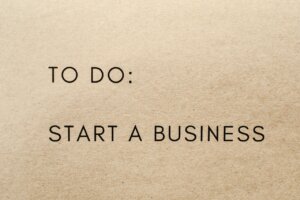I know, you’ve got a great business idea. Everybody says it’s a winner, even your business friends. It’s amazing no one else has thought of it before. You’re feeling you should jump on it right away before someone else gets there first. But you realize you need to do some research before taking the plunge, so you’re game for that, as long it’s not too time-consuming or expensive.
So it’s time to gather some data to show it’s a good idea, right?
Not exactly. All too often, this research begins with the presumption that you have the right business idea. I call that the confirmation bias trap, and it’s so common that most businesses fall into it. Truth is, many business startups make big mistakes in their first year, and many of those mistakes could have been avoided by doing some basic feasibility research, rather than just looking for confirming data. Successful business leaders will often tell you that it was not their first idea that worked out, but an offshoot of it.
So use your research into customers, competitors, pricing, business models, and so on to refine your idea, or even radically change it. Doing some feasibility testing can’t guarantee you’ll get it right the first time, but it sure can reduce the number and severity of those painful first year mistakes. Or even demonstrate that your great idea is not so great after all.
Our next blog will offer strategies and steps for doing feasibility testing.
 Sections of this topic
Sections of this topic















